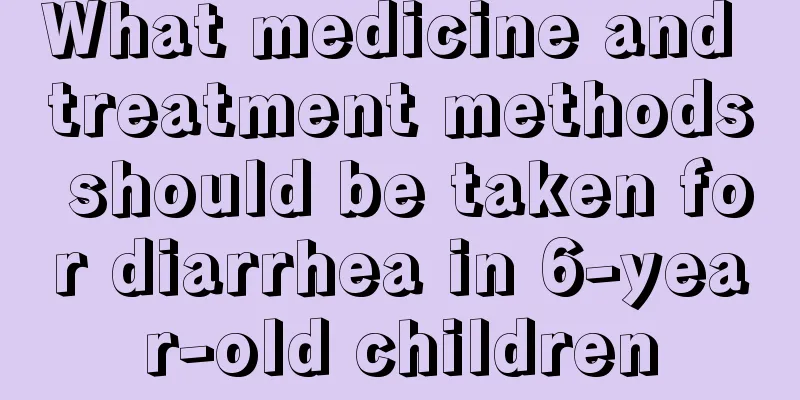What should I do if my child has thrombocytopenia?

|
What causes thrombocytopenia? Thrombocytopenia can easily lead to most diseases. It is a very serious human disease. So what is the cause of this disease? What symptoms and manifestations will appear in us after thrombocytopenia? What treatments do we have for thrombocytopenia? Let’s take a look at them below! 1. Acute ITP often occurs during the recovery period of viral infection or upper respiratory tract infection, such as rubella, measles, chickenpox, parotid cancer, etc. The patient's serum has a high level of antiviral antibodies, and the platelet surface-related antibodies are significantly increased, so it is believed that it is caused by viral antigens. The pathogenesis may be that the antigen-antibody complex including viral antigens cross-reacts with the platelet Fc receptor or the autoantibodies produced by viral antigens cross-react with the platelet membrane, damaging the platelets and being cleared by phagocytes. 2. There is often no history of prodromal infection before the onset of chronic ITP, which is caused by autoantibodies caused by changes in platelet structural antigens. 80% to 90% of the medical records contain platelet surface antibodies, of which 95% are PalgG, 2/3 are PalgG and PalgM, and a few are PalgA and pac. Antibodies act directly on the glycoproteins on the platelet membrane, and a few act on the Gbib complex, shortening the lifespan of platelets and changing their functions. Its content is negatively correlated with platelet lifespan, and it has been confirmed that the spleen is the main site of platelet antibody production. Symptoms of thrombocytopenia The symptoms of thrombocytopenia are mainly manifested in purple-red spots or flakes on the skin or mucous membranes that do not fade when pressed. They are medically called hemorrhages, purpura or ecchymosis. Thrombocytopenia can also manifest as menorrhagia in young and middle-aged women. When the platelet count drops below 20,000, bleeding worsens. It will be more obvious when it is below 10,000. The main danger is death caused by intracranial hemorrhage, which is a symptom of thrombocytopenia. Bleeding may only occur when the platelet count drops below 50,000. This is the main symptom of thrombocytopenia. Symptoms of thrombocytopenia include the appearance of blood blisters on the buccal mucosa or tongue, blurred vision caused by fundus hemorrhage, etc., which are also symptoms of thrombocytopenia. In medicine, as long as the platelet count in a routine blood test is less than 100,000 for more than two consecutive times, it is called "thrombocytopenia." Acute cases of thrombocytopenia mainly occur within one to two weeks after onset of the disease and are more serious when going out to society. In the early stages of the disease, you must reduce activities and avoid trauma, especially head trauma. Severe patients must pay attention to bed rest and actively prevent and control infection. |
<<: What are the disadvantages of not eating breakfast before class?
>>: Will baby strawberry hemangiomas disappear?
Recommend
Is enema good for treating fever in children?
When a child has a fever, many mothers will choos...
What should I do if my newborn baby hiccups? This works great!
Many babies will burp and spit up milk, and many ...
How old can babies get pneumonia vaccines?
Pneumonia is a serious disease that threatens the...
Three-year-old child twitches while sleeping
Young children are often prone to some diseases. ...
When does a baby grow double eyelids?
The growth factors of double eyelids and single e...
Child fell off the bed
Almost all babies often fall down, but the most m...
Why does a three-year-old child cry when sleeping at night?
Anyone who has to take care of children knows how...
Why does my baby snore when he has a cold?
I believe most mothers have encountered the probl...
What causes irregular heartbeat in children?
If a child's body is very weak, he or she wil...
What should I do if my two-year-old child is constipated?
Constipation is a very common condition in life, ...
How often should silicone baby bottles be replaced?
In life, many expectant mothers will choose silic...
What are the symptoms of bronchitis in children
Generally speaking, children with bronchitis will...
What's wrong with the scalp of the child?
Children's skin looks much more delicate than...
What is the reason why babies walk late? Parents beware!
Normally, babies can walk when they are two years...
Add complementary food to your child
When the child reaches a certain age, it is actua...









